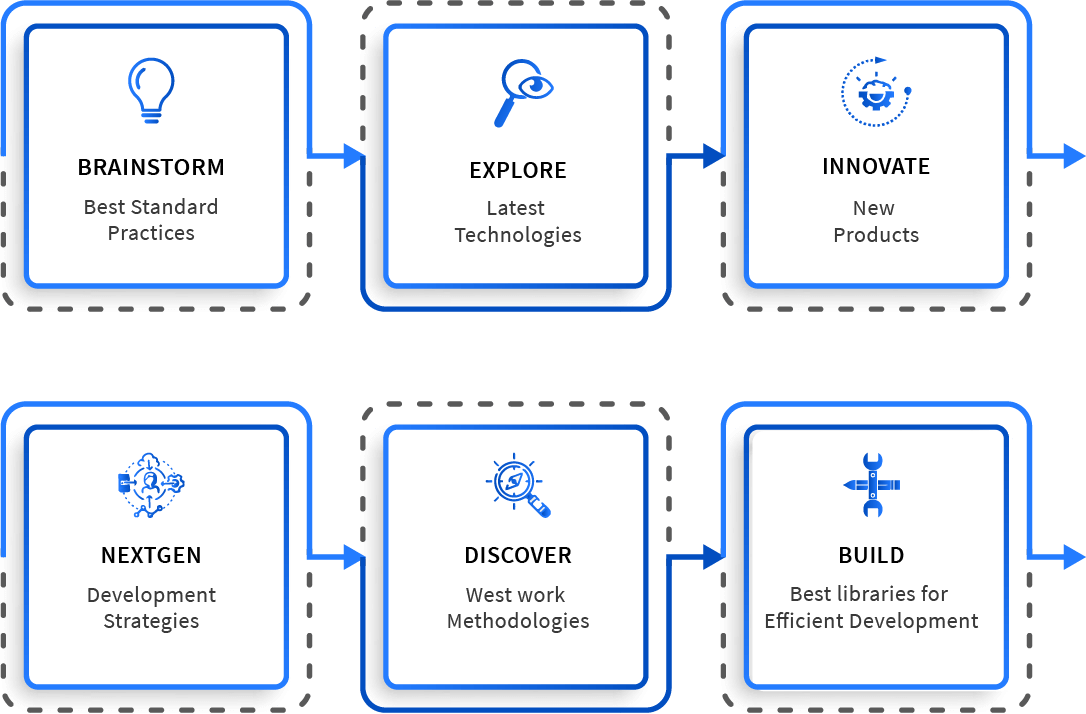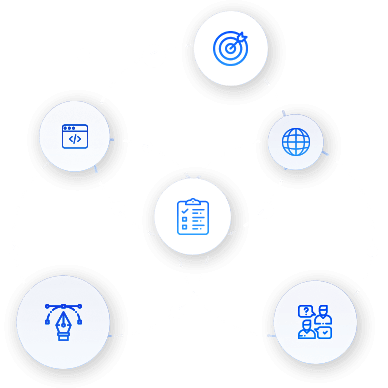















A Knowledge Management System (KMS) is a system or set of tools that are used to acquire, organize, store, and distribute knowledge within an organization. The goal of a KMS is to make sure that the right knowledge is available to the right people at the right time, in order to improve decision-making, increase productivity, and foster innovation. KMSs typically include a variety of features such as document management, search functionality, collaboration tools, and knowledge mapping. They can be used in a variety of industries and settings, including corporations, government agencies, non-profits, and educational institutions.
For customers, a KMS can improve the overall user experience by providing a self-service support option and comprehensive documentation. This can lead to faster response times, which is a top attribute for customers, with 40% preferring self-service over speaking to a human. Additionally, a KMS can help you effectively demonstrate your unique value proposition to customers through improved documentation.
For employees, a KMS can boost productivity and morale by providing easy access to knowledge and facilitating effective collaboration among team members. This can lead to improved employee retention and reduced effort in finding information. According to Gallup's State of the Global Workforce report, active employee disengagement costs businesses approximately $7 trillion in lost productivity per year.
For businesses, Implementing a Knowledge Management System (KMS) within a business can bring a plethora of benefits that can lead to increased efficiency and productivity. A KMS can assist in automating repetitive tasks such as finding information and capturing knowledge as content, leading to a boost in organizational productivity by 35%. Furthermore, a KMS can improve customer experience by providing easy access to self-service support options and comprehensive documentation. This can lead to better product adoption and improved customer loyalty and advocacy.
understand your custom needs and take your idea to conceptualization to development to market. We have team of expert developers to meet your Custom Application Development needs. We blend modern tech with proven standards to produce best custom solutions to customer's need.
Talk to a Consultantexperienced, technically sound well groomed hiring resource equipped with outstanding infrastructure, with most updated libraries and support of the research team for your development needs. Contact us today to hire dedicated developers.
Talk to a Consultantand services, to offer to our client best in class support and maintenance services. Contact us today to discuss your support and maintenance project. Our support and maintenance and services includes timely upgrades, feature enhancements, issue resolution, manage source code, database migration and debugging services.
Talk to a ConsultantThis feature allows for the storage, retrieval, and organization of documents, such as policies, procedures, and guidelines. It also allows for version control and access permissions for different users.
This feature allows for the creation, editing, and publishing of content, such as articles, blog posts, and FAQs. It also allows for tagging and categorization of content for easy search and retrieval.
This feature allows for easy search and retrieval of information stored in the KMS. It includes advanced search capabilities, such as Boolean operators and proximity searches, as well as faceted search, which allows users to refine their search results.
This feature allows for the sharing and co-authoring of information among different users. It includes tools for communication, such as instant messaging and discussion forums, as well as version control for documents.
This feature allows for a personalized experience for users, such as personalized dashboards and recommended content. It also allows for custom access permissions and user profiles.
This feature allows for the tracking and analysis of usage and performance of the KMS. It includes tools for data visualization and reporting, such as charts and graphs.
This feature allows for the integration of the KMS with other systems and platforms, such as customer relationship management (CRM) and enterprise resource planning (ERP) systems.
This feature allows for access to the KMS on mobile devices, such as smartphones and tablets.
This feature includes tools for security and data protection, such as user authentication and encryption.
This feature allows for the KMS to grow and adapt to the changing needs of the enterprise.
Besides the immense experience we are very confident about our detailed approach and in-depth knowledge of Microservices Development, we use nothing but the best for our clientele. We constantly keep pace with the latest technology to achieve the best traffic and conversions for our clientele.

We are well equipped and are serving across multiple industries
We have experience of delivering 1500+ projects successfully to 700+ happy customers across 45+ countries.
We are a CMMI Level 3 certified organization and have extensive development processes for building next generation applications.
We equip our clients with tools to regularly monitor the project progress.
Life time confidentiality and security commitments.
We have expertise in crafting the client's idea into successful business app.
Unlike freelancer developers or unorganized teams our organization has a well defined and disciplined infrastructure within.
Time is money and we take care of it by working in a disciplined environment with outcome based focus ensuring timely delivery keeping the budget and time log book as promised.
We are working in this industry for more than 12 years which has given us experience in serving our clients with huge potential of our team.
Our team keeps on updating themselves and thus provides clients the opportunity to get their projects developed on the most updated versions and releases.
Hear And Read Success Stories Straight From Our Client.
We use proven work methodologies which are key to effective & efficient solutions and successful project delivery for our client
In this phase we gather business requirement and propose the approach or methodology to the client and carve scope at the end of discussion.
In this phase, assemble a project team and Determine roles and responsibilities of the project team to start planning how to manage the project so it can achieve its goals within budget and on time.
We plan for sprints based on project requirements and follow sequential process incorporating iterations, if any. Ensure transparency across the process until we finish our work.
Once project has been given the go-ahead, it's time to stamp out the scope, schedule, and cost of a project. Analysis is very important to proceed further to the next step.
Once the team is assigned, it's time to start the project development.
Our technology incubation unit, we call it WM Innovation Lab is our research lab where weEXPLORE latest technology updates, we BRAINSTORM best standards, we DISCOVER best methodologies, we INNOVATE new products, we CREATE best solutions.
This helps us get the best solutions to the clients in minimum time frame. We have a dedicated team of senior developers for our lab.




